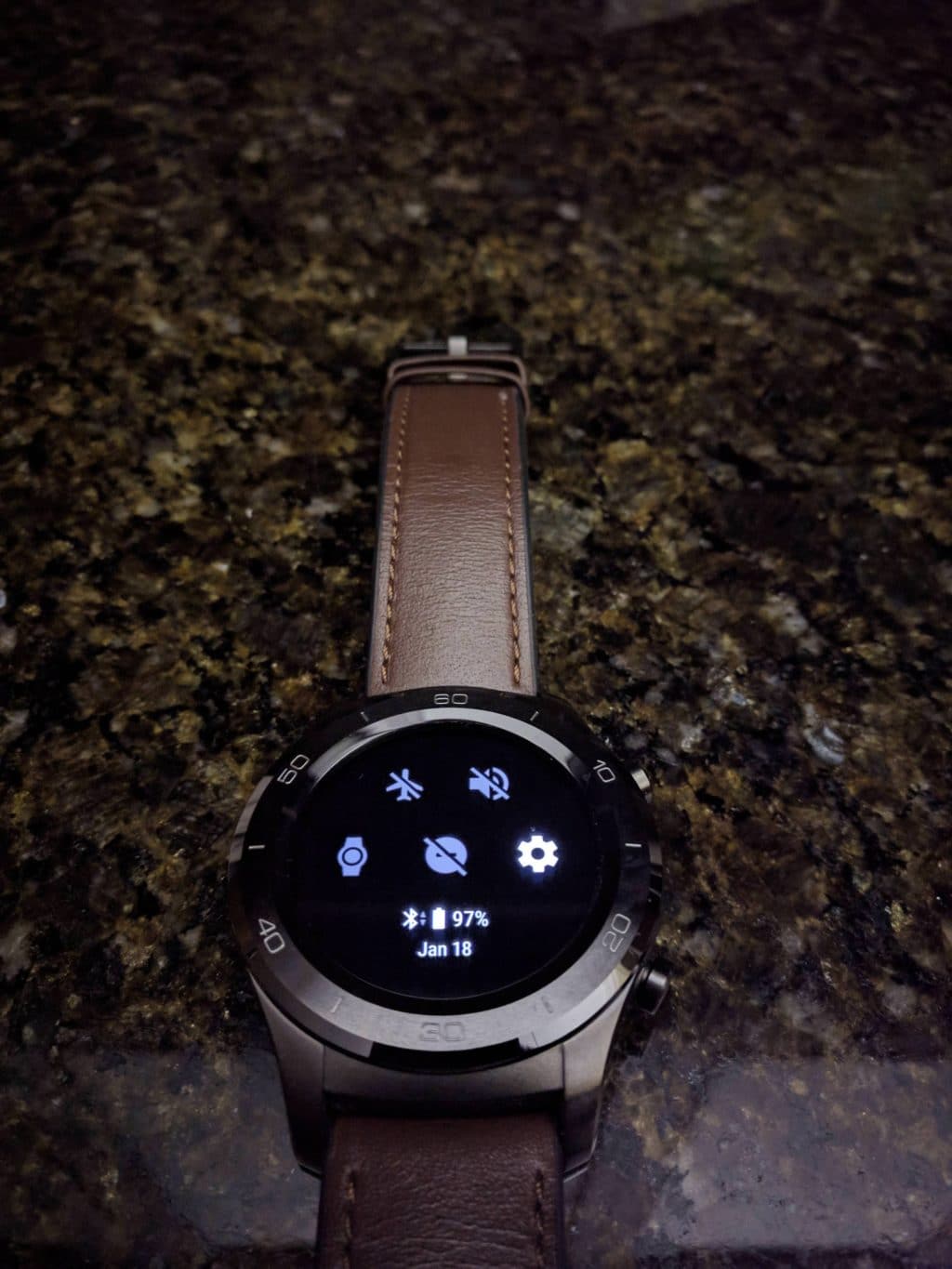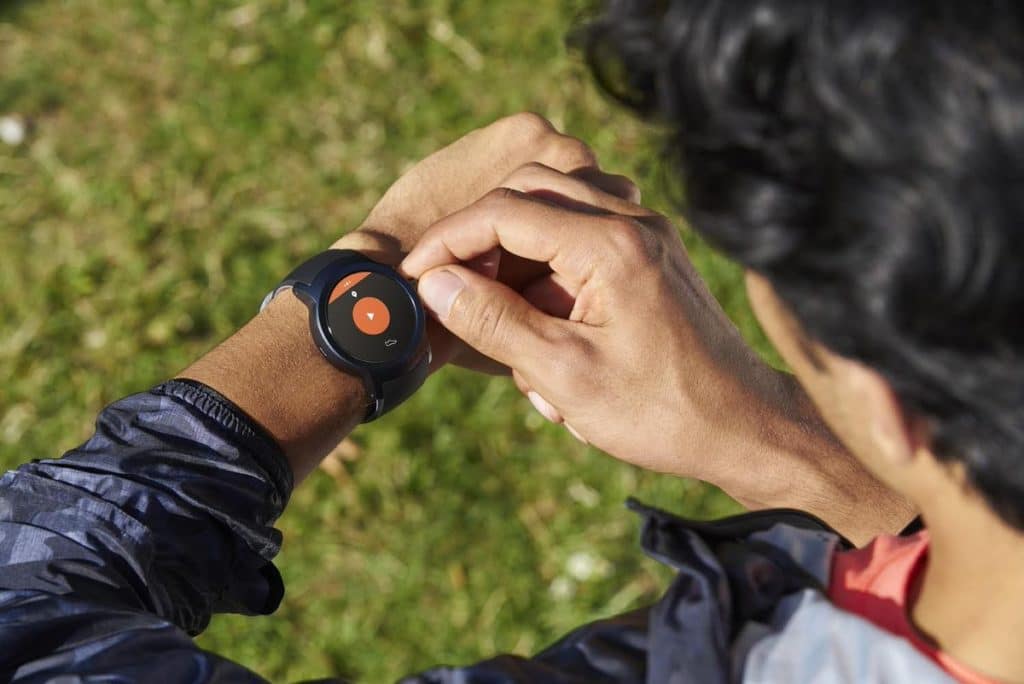
Back in February, a developer was able to get Motorola’s Moto 360 to work with the iPhone, something that wasn’t quite officially available for everyone else just yet.
Fast forward several months, and it’s now been confirmed that Android Wear, on a select number of devices, works right now on the iPhone. Officially. A report from The Verge outlines Google’s already present plans for Android Wear and iPhone support, as well as taking a look at the future, and what it means for competition, device selection and a growing features list.
The report notes that while there will be more variety and options within the Android Wear ecosystem, and most of those smartwatches will be cheaper than the Apple Watch, there are some things to consider. The most important detail is that while Android Wear can work with the iPhone now, the functionality is limited. Specifically, Android Wear watches can’t do as much when paired to the iPhone as an Apple Watch can, and, on the flip-side, Android Wear watches can do more when they’re paired with an Android-based smartphone.
Right now, only three watches support the iPhone: LG’s Watch Urbane, Asus’ ZenWatch 2, and the Huawei Watch. According to Google, this decision was made because the company wanted its Android Wear devices to work with the iPhone out of the box, without needing a software update, so the older devices aren’t officially supported:
“In order to guarantee a good experience, where out of the box it will work immediately and you don’t have to do any fancy footwork, that’s why it has to be the newer watches.”
However, Google says that support for the iPhone will be built-into all forthcoming Android Wear-based wearables moving forward.
Of course, considering developers have already made Android Wear work with the iPhone before this official support was announced, it probably won’t take long to get those other already-available Android Wear devices supporting Apple’s smartphone.
As the original report notes, here are the features you can expect to find when using an Android Wear watch with an iPhone:
- Your notifications from the iPhone are mirrored on Android Wear.
- You get Google Now cards on the watch.
- There are a bunch of different watch faces — including select third-party watch faces — that you can install and use.
- There are a few native apps on the watch you can tap into, like Weather or a clever Translate app.
- Voice search works, including various reminders that you might want to send to Google Now.
- You can do fitness tracking on the watch with Google Fit.
- You can get rich notifications from a small set of Google apps, such as Calendar and Gmail.
There’s a lot that can be done, but, as mentioned above, there are caveats. That includes less-than-stellar for third-party watch faces and Android Wear apps. Specifically, Google will just not offer third-party Android Wear apps through its official iOS app. And, any third-party watch faces that do become available for Android Wear will be “curated” by Google, and users will more than likely not find the same advanced feature sets that might be available when using Android Wear with an Android smartphone.
The ability to speak to the Android Wear watch means users can check the weather, set timers and much more, and the report states that voice functionality, when similar to Siri, is on par with Apple’s endeavor. You won’t be able to use Google to search for a specific song, like Siri can with Apple Music, but you can use your Android Wear smartwatch to control your music when it’s playing on the iPhone.

The full report is certainly worth checking out, and you can find it through the source link below. It’s certainly interesting to see Android Wear support for the iPhone, but it was probably inevitable, considering Google’s long-standing support of iOS with its own variety of apps and services. Of course, with Android Wear and its range of watches, many of which can be purchased for cheaper than Apple’s own wearable, it will be fun to see how that impacts the wearables race.
Do you plan on checking out Android Wear and your iPhone?
[via The Verge]
















